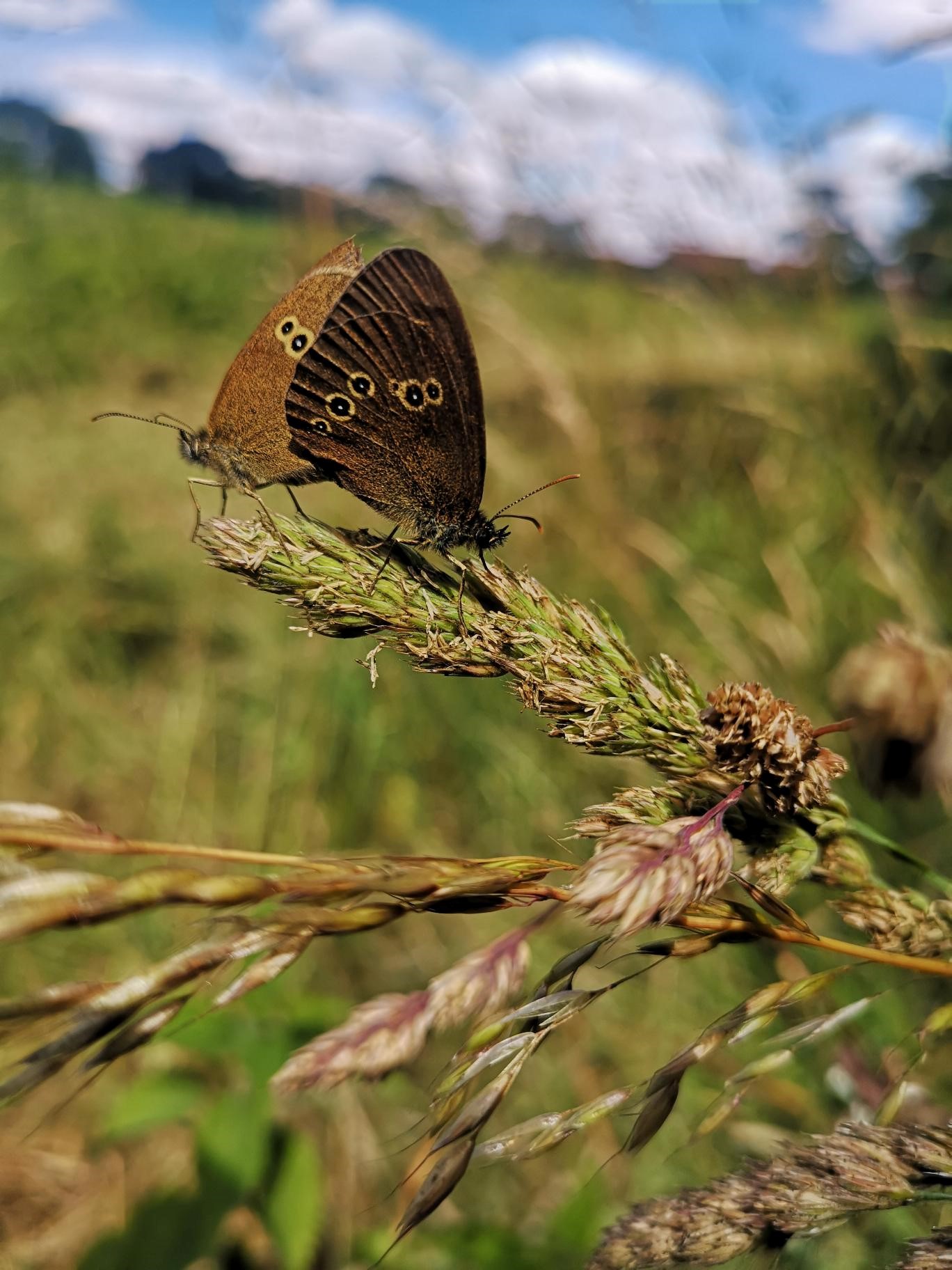The Butterfly Effect
Rapidly decreasing numbers of butterflies in the UK calls for more protection for the UK’s kaleidoscopes of colour in the countryside
Butterflies are important indicators of a healthy ecosystem that can be used to study the impact of habitat loss and climate change. Butterflies in the UK have been closely monitored with distribution and abundance data dating back to the 1970`s. As well as computing biodiversity, this is important when comparing how a species’ population is faring and also to assess risk of extinction.
The charity Butterfly Conservation (whose president is Sir David Attenborough), has released the eagerly awaited 2022 State of the UK`s Butterflies report. The long-term trends indicate that 80% of UK butterfly species have decreased in either abundance or distribution since the 1970`s. The report states that England has seen an overall decrease of 45% in the butterfly population since 1976. This is largely driven by the decrease of habitat specialists including small Pearl-bordered Fritillary (Boloria selene), seeing a 66% decrease in abundance and 71% decrease in distribution in the UK.
Despite the overall decrease, some species have shown a recent improvement due to conservation successes such as reintroductions and targeted species conservation including the Large Blue (Phengaris arion). A notable distribution increase of 58% since 1994 has been shown by the Purple Emperor (Apatura iris) colonising woodlands outside its historical range.
The Butterfly Conservation provides some useful gardening tips to help butterflies and encourage more widespread protection:
- Choose a variety of plants, placing the same species in blocks which will in turn, attract a variety of butterfly species
- The provision of plants throughout spring and autumn will help butterflies coming out of hibernation as well as building reserves for them to inhabit during this period
- Introduce more summer plants such as lavender, perennial wallflower and marjoram to provide butterflies with nectar and the popular Buddleia also known as the “butterfly bush”
- Reduce the use of insecticides and pesticides
At James Blake Associates, the field ecology team dedicate their work to protecting wildlife with careful habitat management intrinsic to each scheme. Preliminary Ecological Appraisals (PEA) incorporate recommendations wherever appropriate for native or wildlife-attracting trees, shrubs and wildflower areas. These careful specifications benefit not only butterflies but other pollinators, bats and birds. Various different schemes factor in Buglife B-lines which aim to create pollinator highways so when a site is within a B-line or just outside, recommendations are made for further wildflower creation. The wildflower area is then listed on the Buglife website so a clear indication is given of wildflowers being planted in relation to the B-line.
For more information on the State of the UK`s Butterflies report 2022, click here: State of UK Butterflies 2022 Report.pdf (butterfly-conservation.org) or please contact the ecology team at James Blake Associates today – email us jamesblake@jba-landmarc.com or call us 01284 335797

Running Ringlets – James Blake Associates’ field ecologist, Alex Ward, captures the beautiful Ringlet Butterfly on camera in Attleborough




